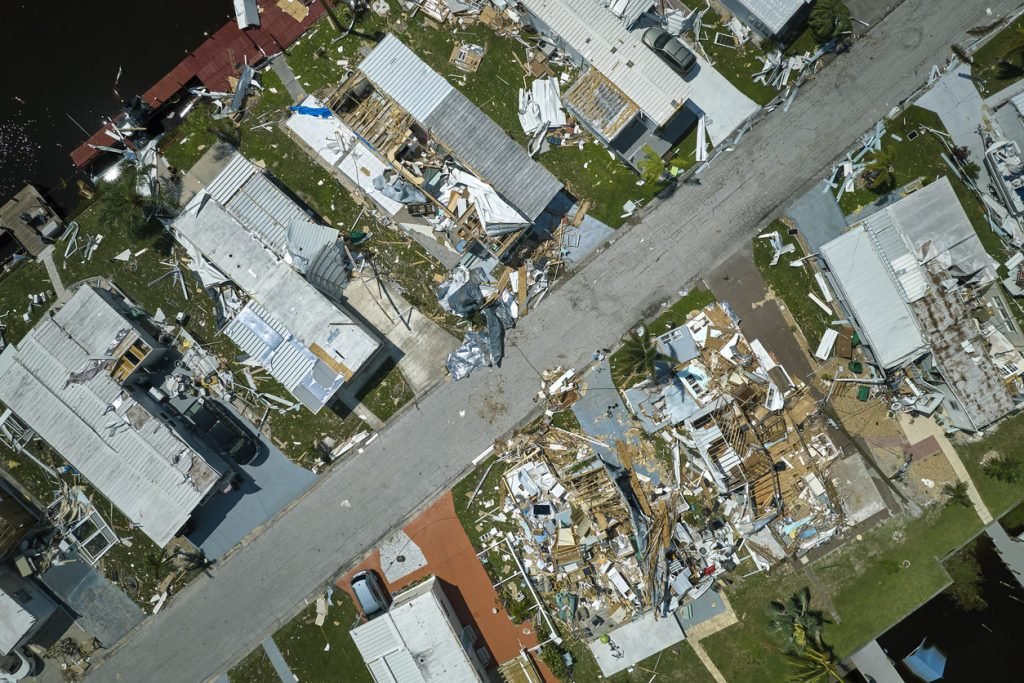Hurricanes

How are hurricanes formed?
Hurricanes are formed over warm ocean waters, typically in the Atlantic and Pacific Oceans. They begin as tropical waves, which are areas of low pressure and thunderstorms. As the tropical wave moves over warm water, it absorbs moisture and heat, which causes it to grow and intensify. If the tropical wave becomes strong enough, it can develop into a hurricane.
Where are hurricanes created?
Hurricanes are most commonly created in the tropical and subtropical regions of the Atlantic and Pacific Oceans. The Atlantic hurricane season runs from June 1 to November 30, while the Pacific hurricane season runs from May 15 to November 30.
Examples:
- The Atlantic hurricane season of 2020 was the most active on record, with 30 named storms, including 14 hurricanes and six major hurricanes.
- The Pacific hurricane season of 2015 was also very active, with 26 named storms, including 16 hurricanes and 11 major hurricanes.
What natural disasters can hurricanes cause?
Hurricanes can cause a variety of natural disasters, including:
- Storm surge: A wall of water that is pushed ashore by the hurricane’s strong winds. Storm surge can be several feet high and can cause extensive damage to coastal communities.
- High winds: Hurricanes can produce winds of up to 200 miles per hour. These strong winds can damage or destroy buildings, trees, and power lines.
- Heavy rain: Hurricanes can produce heavy rain, which can lead to flooding and landslides.
- Tornadoes: Hurricanes can also produce tornadoes, which are rotating columns of air that can cause widespread damage.
Examples:
- Hurricane Katrina, which struck the Gulf Coast of the United States in 2005, produced a storm surge that reached up to 28 feet high in some areas. The storm surge caused widespread damage to coastal communities and displaced over one million people.
- Hurricane Sandy, which struck the northeastern United States in 2012, produced winds of up to 150 miles per hour and heavy rain that led to flooding and landslides. The storm caused an estimated $65 billion in damage.
What are the best ways to prepare for hurricanes?
The best way to prepare for a hurricane is to have a plan in place. This plan should include the following:
- Evacuation plan: Know the evacuation routes and have a plan for where you will go if you need to evacuate.
- Emergency kit: Assemble an emergency kit that includes food, water, batteries, a flashlight, a first-aid kit, and other essential items.
- Home preparation: Secure loose items around your home and yard, and trim trees and shrubs.
Examples:
- The Federal Emergency Management Agency (FEMA) has a website that provides information on how to prepare for a hurricane. The website includes information on evacuation plans, emergency kits, and home preparation.
- Many local governments also have websites that provide information on hurricane preparedness.
What equipment do we need to prepare well for hurricanes?
In addition to the items listed above, you may also want to consider the following equipment to prepare for a hurricane:
- Generator: A generator can provide backup power if your home loses electricity.
- Portable radio: A portable radio can be used to stay informed of hurricane news and emergency instructions.
- Chainsaw: A chainsaw can be used to cut down trees and other debris that may block your way.
Examples:
- The American Red Cross has a website that provides information on hurricane preparedness equipment. The website includes information on generators, portable radios, and chainsaws.
- Many local hardware stores also sell hurricane preparedness equipment.
By following these tips, you can be prepared for the next hurricane.
